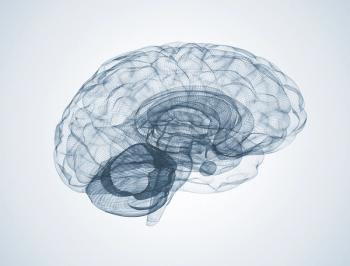
In this video, Dr. Lazzara discusses a new study that identified patients at greatest risk of memory loss and global loss of cognitive function.

In this video, Dr. Lazzara discusses a new study that identified patients at greatest risk of memory loss and global loss of cognitive function.
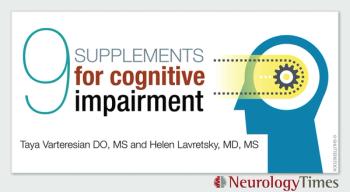
Which vitamins and supplements have shown promise in treating dementia and preventing cognitive decline?
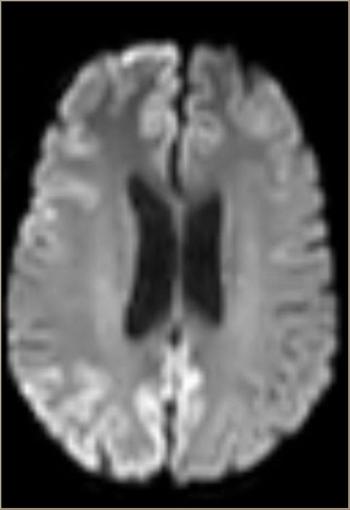
Creutzfeldt-Jacob disease should be considered in the setting of a rapidly progressive dementia with psychiatric symptoms, ataxia, mutism, myoclonus, and pyramidal or extrapyramidal signs.

If your patient manifests signs that are compatible with Alzheimer disease, should you recommend olive oil as part of a prevention and treatment regimen? This and other questions answered by Domenico Pratico, MD.
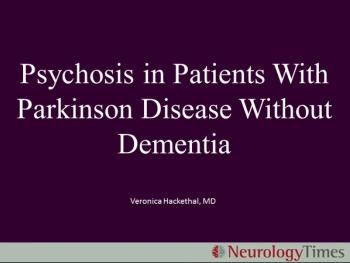
How common is psychosis in PD? Implications? Risk factors? Insights here, and measures that may help.

Researchers are using computer adaptive testing to explore and identify aspects of cognitive performance in a series of computerized neuropsychological tests that best correlate with neurocognitive disease states.

Alzheimer disease is not an equal opportunity employer. Insights about early life stressors and economic disadvantage.
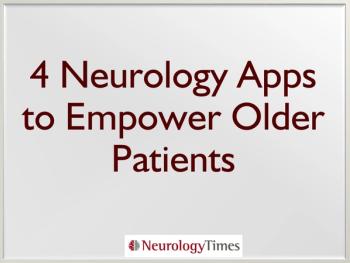
These apps are designed to improve treatment adherence, language skills, symptom tracking, communication, and other helpful functions.

A dementia expert addresses current controversies on proton pump inhibitors.
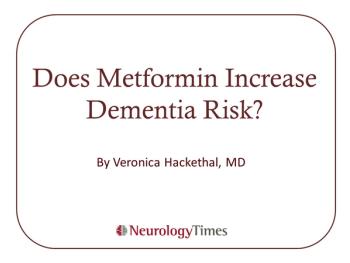
Here is evidence that metformin, especially at high doses and for long periods, is associated with increased risk for neurodegenerative diseases and dementia.

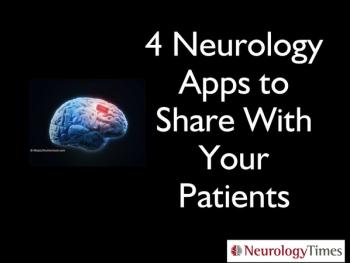
These mobile apps provide tools to record medication details and reminders, first aid instructions, step-by-step recovery guides, and other topics of concern for you and your patient.
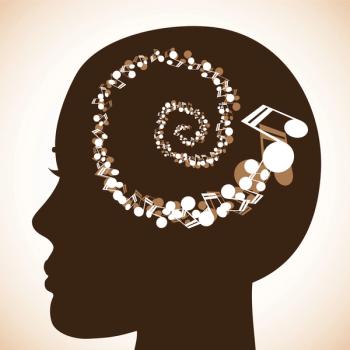
Medications to treat dementia can improve behavioral symptoms, but have risks. Music therapy, however, offers a low-cost, nonpharmacological option.
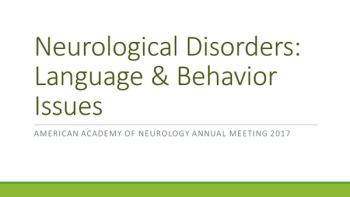
Studies discussed include neuropsychiatric symptoms leading to mild cognitive impairment and gesture comprehension and language in children with autism.
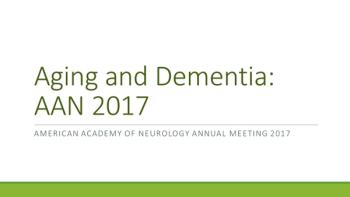
Studies examined the impact of blood pressure trajectories on dementia risk and explored the relationship between sleep apnea and Aβ accumulations.
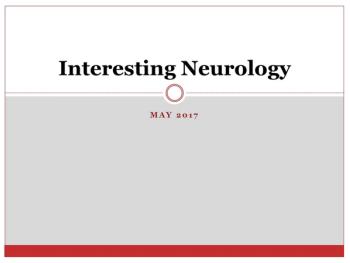
May news includes ground-breaking FDA approvals, predictions of Alzheimer disease, and a possible biomarker for mild traumatic brain injury.

From the first hand-held vagus nerve stimulator for episodic cluster headache to a TMS therapy system for depression, we highlight 5 new technologies.
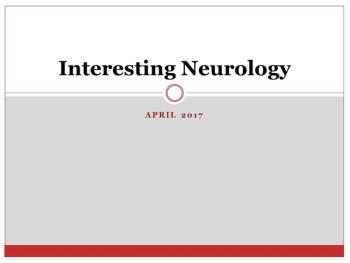
April news includes tools to manage brain injury and predict recovery, new drug hits and misses, and an updated epilepsy classification system.
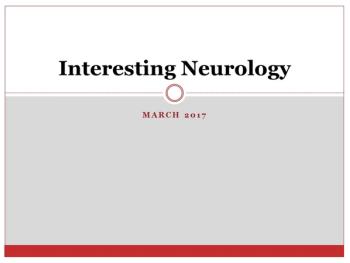
March news includes possible brain tumor therapies, a study exploring mechanisms underlying demyelination-induced seizures, and VNS post stroke.
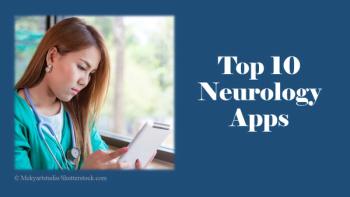
Ten general and disease-specific apps for neurologists include assessment scales, anatomical diagrams, and interactive clinical decision support.
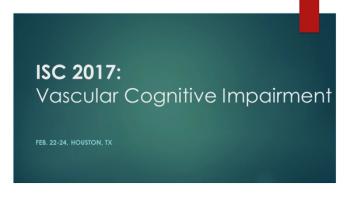
Research included the impact of diet on cognitive decline and the degree of a link between depression & dementia post intracerebral hemorrhage.
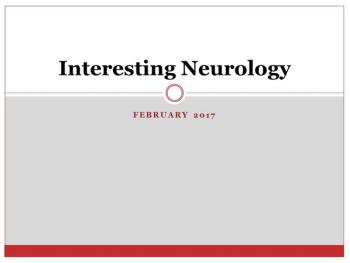
February news includes stroke risk with Alzheimer disease & migraine, neonatal hemorrhagic stroke, and head trauma in sports.

Although sauna bathing can be beneficial in cardiovascular disease, how does the practice impact dementia and Alzheimer disease?
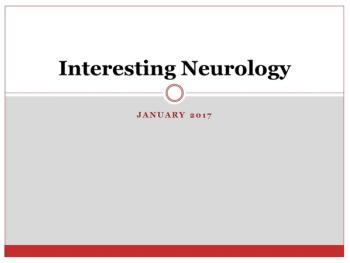
January news includes the first FDA-approved drug for spinal muscular atrophy, various epilepsy treatments & vitamin D’s impact on Alzheimer & headache.

Could marijuana use increase the risk of developing Alzheimer disease?